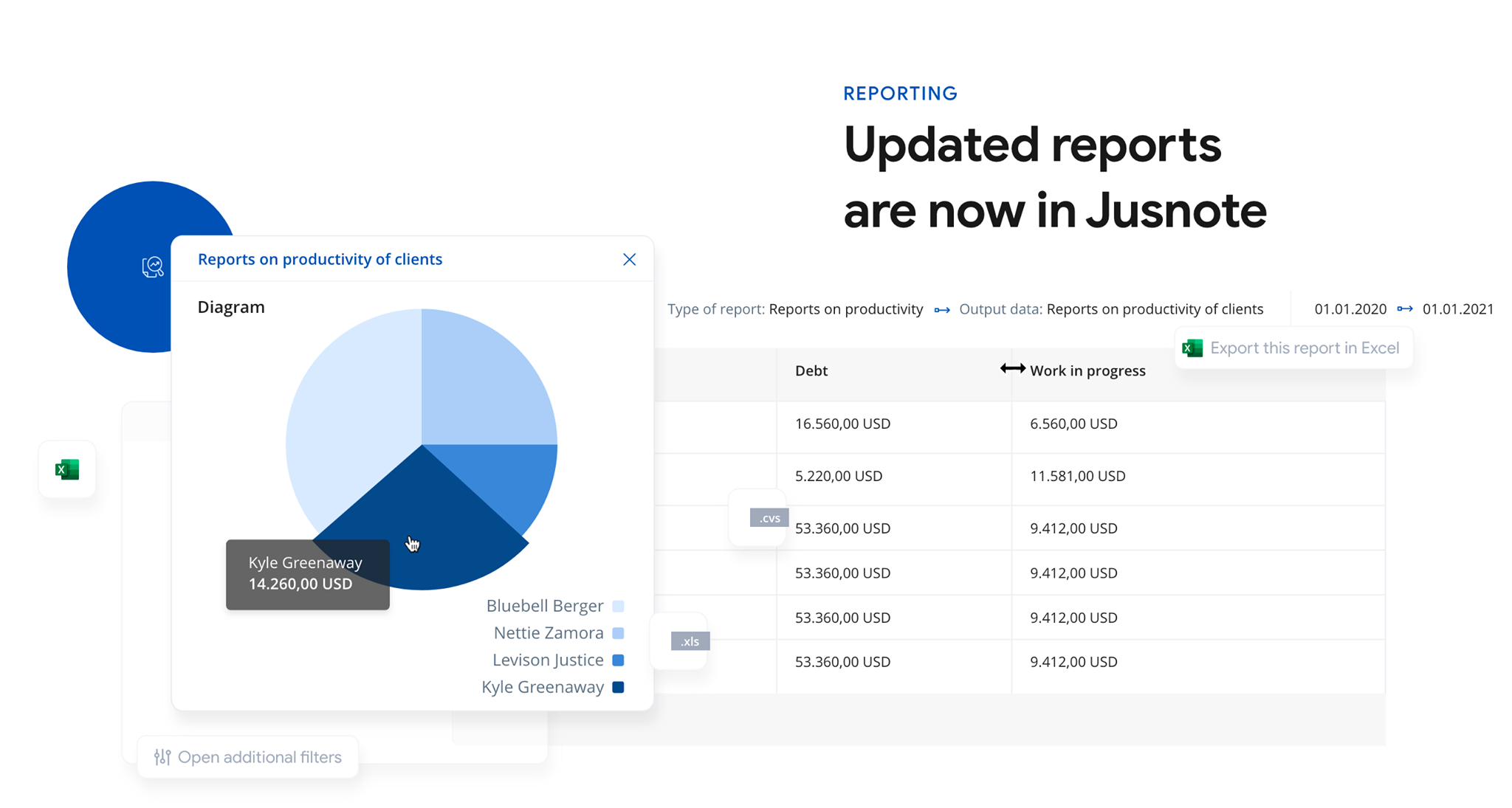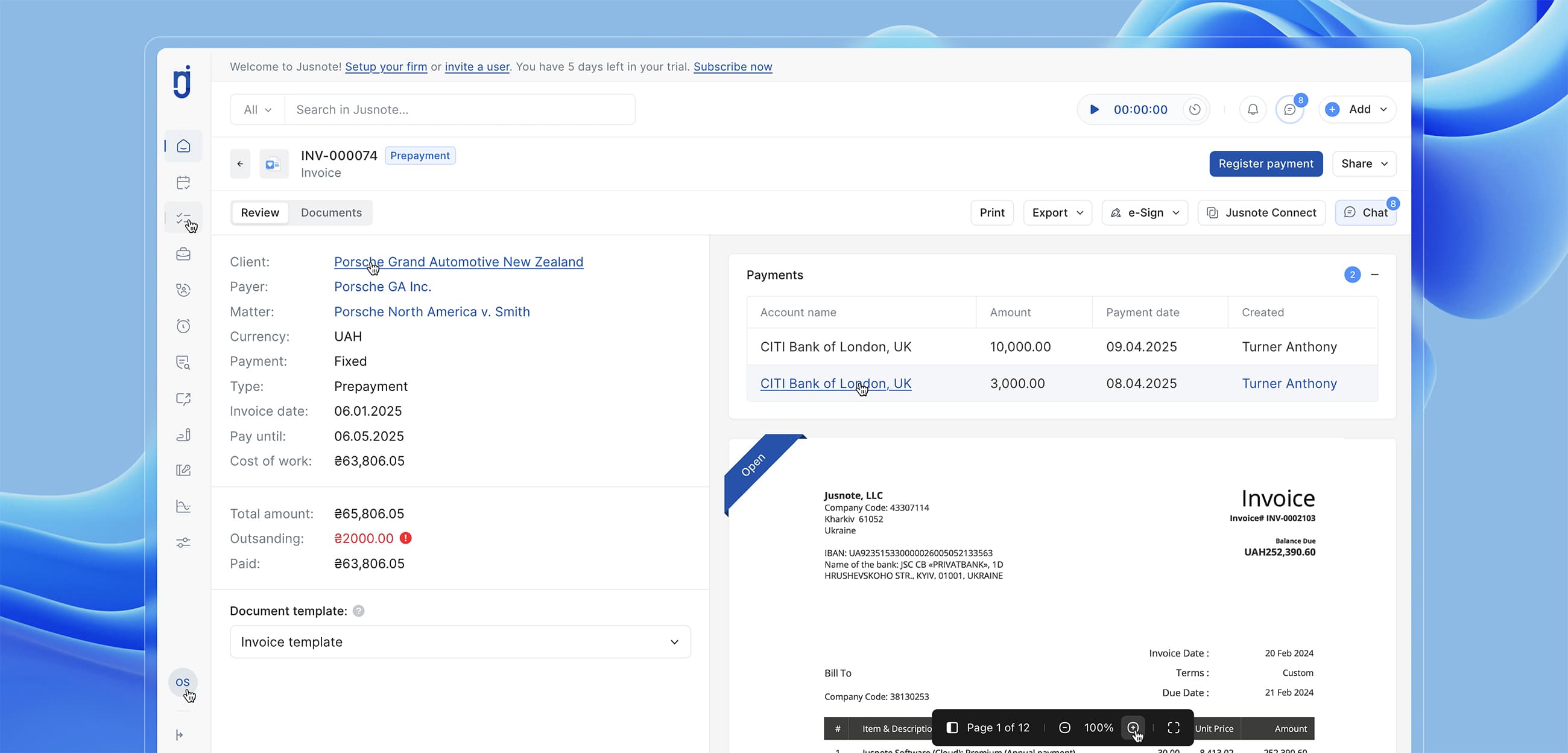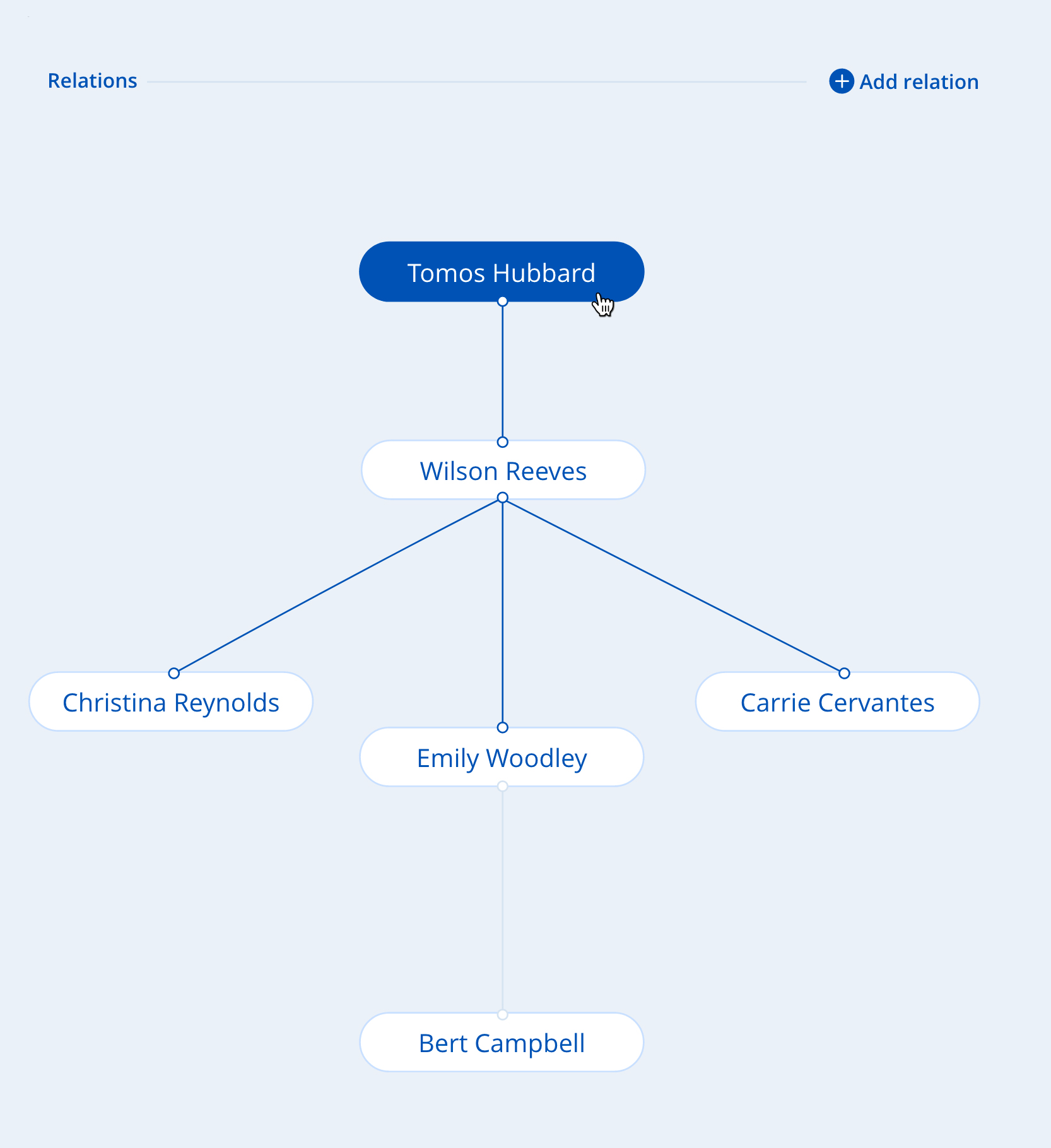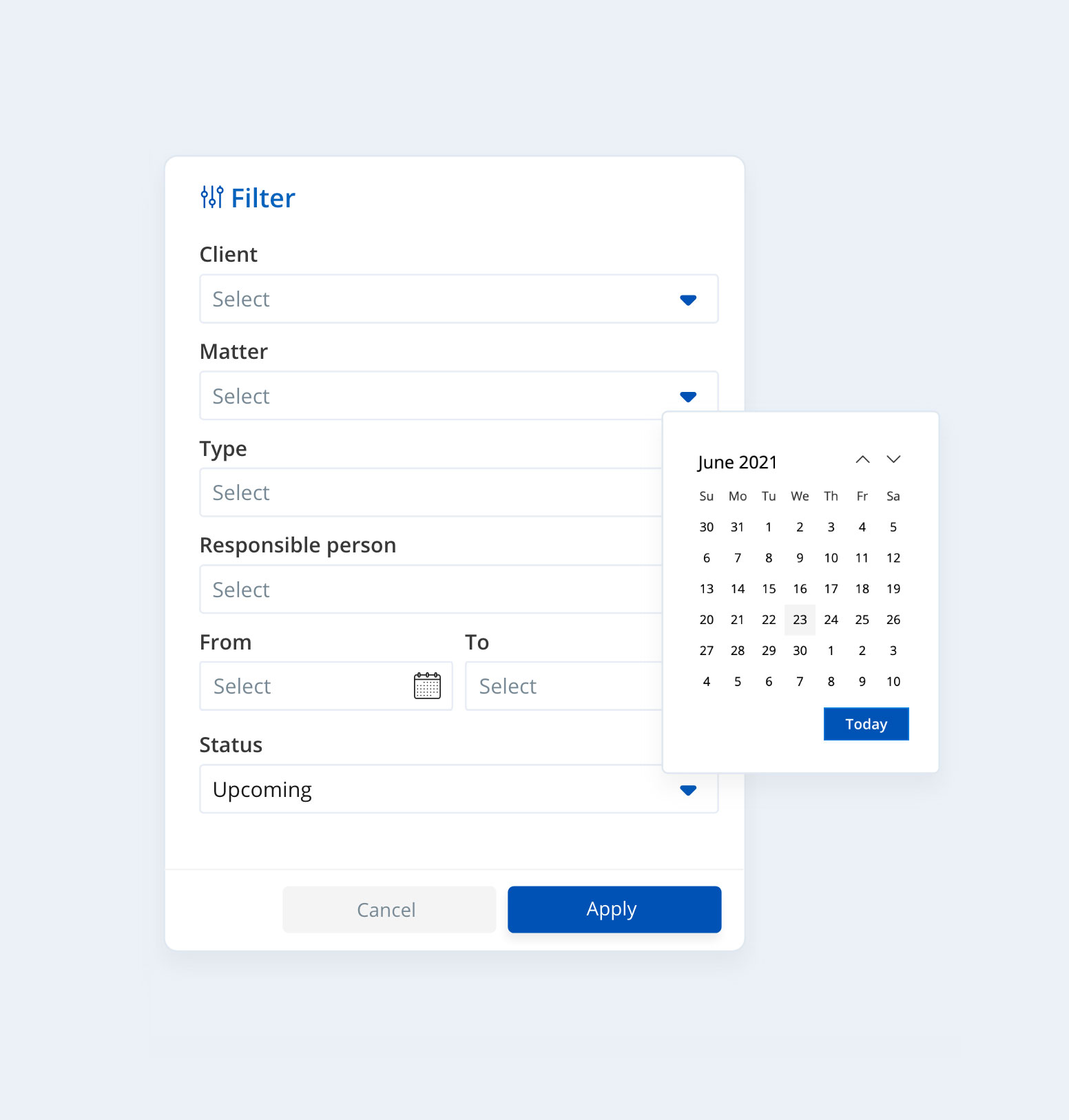BLOGS
October 23, 2023
Law Firm Compensation Plans
The article explores the concept of legal design, which is an interdisciplinary approach that applies human-centered design methods to legal problems. The article argues that legal design can improve the accessibility, usability, and effectiveness of legal services and products, as well as enhance the user experience and satisfaction of legal customers. The article also provides some examples of how legal design can be applied to different areas of law, such as contract law, dispute resolution, intellectual property, and data protection. The article concludes by highlighting the benefits and challenges of legal design, and suggesting some directions for future research and practice.
Law firms that want to be more attractive in the eyes of their existing and potential employees may consider how to set up fair compensation and bonus systems. This requires firm owners to define specific performance indicators, such as the number of billable hours, non-billable activities, additional organizational duties, etc. However, a dilemma may arise: how to reward lawyers while remaining a profitable firm.
Look at the Rule of Thirds to grasp the idea behind law firm profitability. In general, it’s a typical compensation formula many law firms use. If we take a lawyer’s hourly billing rate, then:
→ one-third goes to billing a lawyer.
→ one-third goes to overhead costs, such as rent, staff, and other services.
→ and one-third can be shared with other partners at work.
Many law firms struggle to adopt sophisticated compensation systems due to profitability issues, which may lead to the loss of proficient lawyers. Or younger law firms might still build internal systems, like financial, management, and administrative before they are ready to implement a quality compensation system. However, once your firm can reward employees consistently, proceed to figure out what appropriate compensation plans exist.
What does adequate compensation mean?
The easiest way might be to define the most productive legal partners and increase their compensation, say, once in six months. And vice versa, the least effective lawyers might continue to earn the same income or even have a salary cut. Practices should define what exactly “a productive lawyer” means and ensure every lawyer is compensated reasonably. According to one study, 80% of employees wanted perks and benefits over a pay raise.
Reward planning also requires law firm owners to understand how to compensate lawyers with different seniority levels. They can be classified as grinders, minders, and rainmakers, depending on where they stand in their career. If determined wrong, your firm’s compensation system can become a burden and negatively affect the future recruitment process.
What to consider when creating a compensation system?
Before implementing a compensation system, you should define criteria based on which compensation will be paid off. For this, decide:
→ who is responsible for compensation decisions
→ when compensation is paid (in advance or closer to the end of the year)
→ and analyze the following data: lawyer’s involvement, personal productivity, client relationships, etc.
Types of compensation systems
Here are some common categories of compensation systems for law firms:
Equal partnership
This approach works for smaller law firms, where everyone can bring in equal profit. The model suggests that personal performance is of less importance than the firm’s overall profitability.
However, applying this compensation system can lead to less motivation to boost individual performance, as every partner can gain equal financial reward, no matter how hard or long they work. Equal partnership makes the most sense for partners who work at the same pace.
Lawyers who want to get more clients, ready to work longer hours or take on complex cases, are more likely to look for new career opportunities.
Incentive system
In the 1940s, the Boston law firm Hale and Dorr created one of the first incentive-based compensation systems. They agreed on three categories based on which employees get paid: Grinders, Minders, and Finders. For example,
→ Finders, who mainly work on given tasks, receive 10% of profits
→ Minders, who have more responsibilities or are managers, receive 20%
→ and Grinders, who bring in new clients and most of the firm’s revenue, receive 60%
→ another 10% can come as a bonus to employees who showed the greatest productivity at the end of the year.
However, this percentage can be adjusted and depends on the firm’s current needs. For instance, if Finders have a lot of good cases to work on, their percentage can be cut off and allocated to a Minder or Finder’s income to encourage them to work more effectively.
A downside of this model is that non-billable activities are not financially rewarded. This motivates partners to do more billable activities and less non-billable tasks like mentoring a new lawyer or providing a workshop. The incentive system creates a more individualistic environment rather than a team-oriented one.
Simple credit system
Using an objective analysis, this formula is created to reward partners with high performance, seniority level, number of clients, and non-billable time. It might look like this:
→ each lawyer receives 1 unit for every working year in a firm
→ 1 unit for $ of production
→ 1 unit for getting new clients
Thanks to its simplicity, this system is easy to understand for lawyers and counts non-billable time, unlike other compensation approaches. This ensures lawyers receive a fair income for both billable and non-billable time. However, bonuses for seniority can demotivate younger partners to become part of the firm as they need to start with zero points.
50/50 Subjective/Objective system
The 50/50 subjective/objective system is designed to balance systems that are too objective or too subjective. The model suggests that both metrics should be taken into consideration. Still, the salary percentage based on objective or subjective metrics can vary and depends on a law firm’s size, needs, challenges, and goals.
For example, from the objective point of view, 40% of a lawyer’s income is actual billing, while 10% is based on client retention. The subjective point means that 40% of a lawyer’s income comes from non-billable activities, such as mentoring, training, etc., and 10% from client engagement skills.
The weakness of this system is that law firms might not explain and implement exact criteria to evaluate subjective metrics. It might be hard for employees to set personal goals if evaluation criteria are messed up.
“Eat what you kill”
This model focuses on individual productivity. That means a lawyer can share a firm’s overhead costs and be responsible for additional expenses such as marketing, education, having a personal assistant, or technology. Junior lawyers’ time is paid based on the firm’s set rates. However, partners can charge clients according to the billing rate that is most appropriate for them.
Yet the approach lacks firm management because no one is rewarded for non-billable time (marketing, training, or recruiting). Moreover, junior lawyers might sometimes find themselves awkward if the company is not intent on providing quality training for those starting their careers.
In conclusion, the main point is that no one-size-fits-all reward system exists. You should find what plan is most suitable for your firm and your employees and will let you fairly compensate every worker without losing profit.
![]()
Olena Ivanenko
Author, Content Creator at Jusnote



 Jusnote Newsroom
Jusnote Newsroom  Search Newsroom
Search Newsroom
 Back to all publications
Back to all publications

















